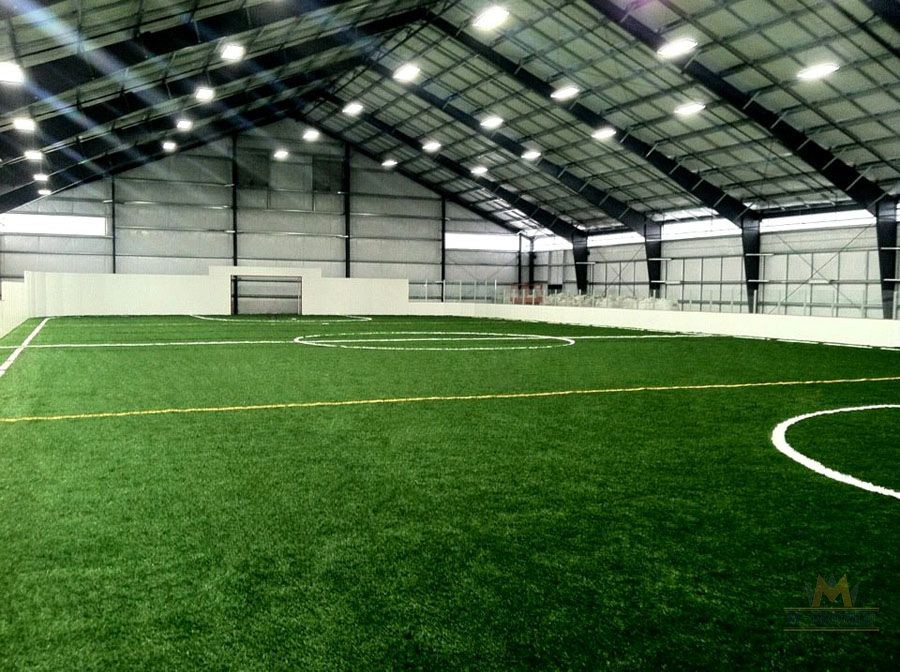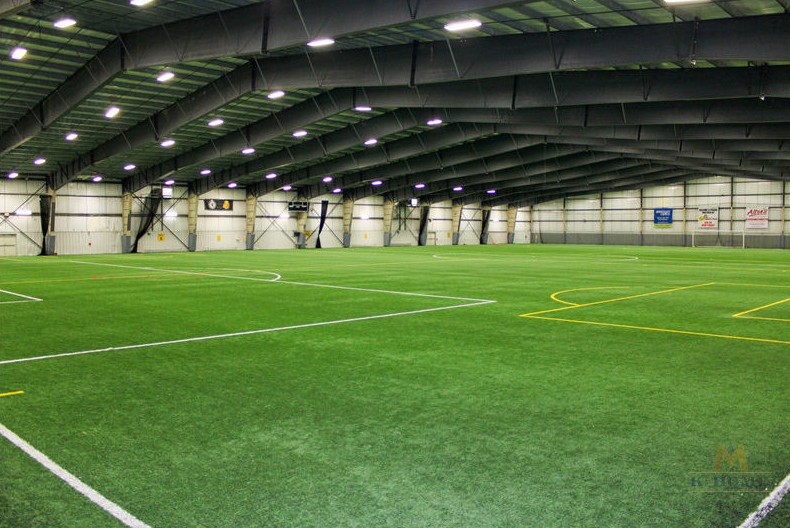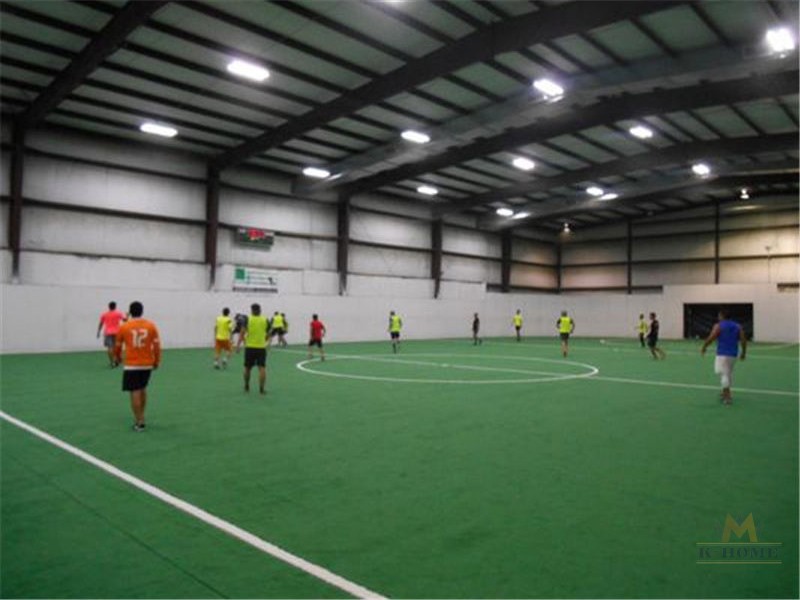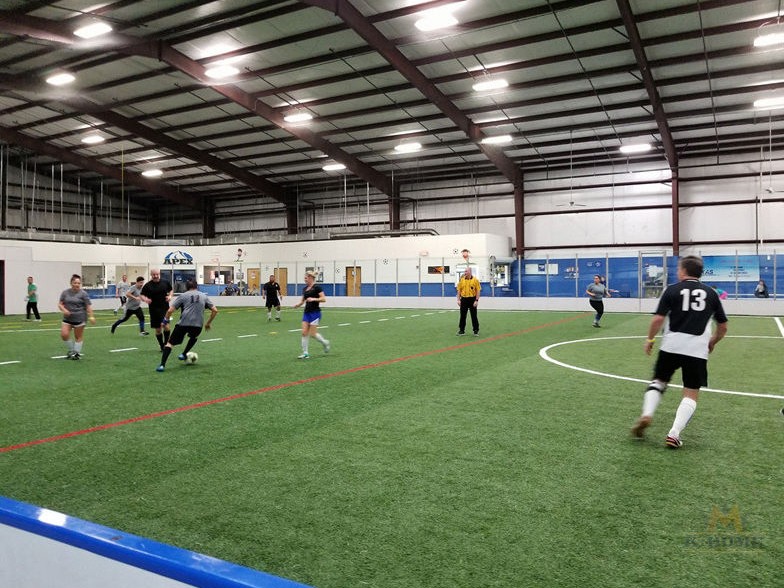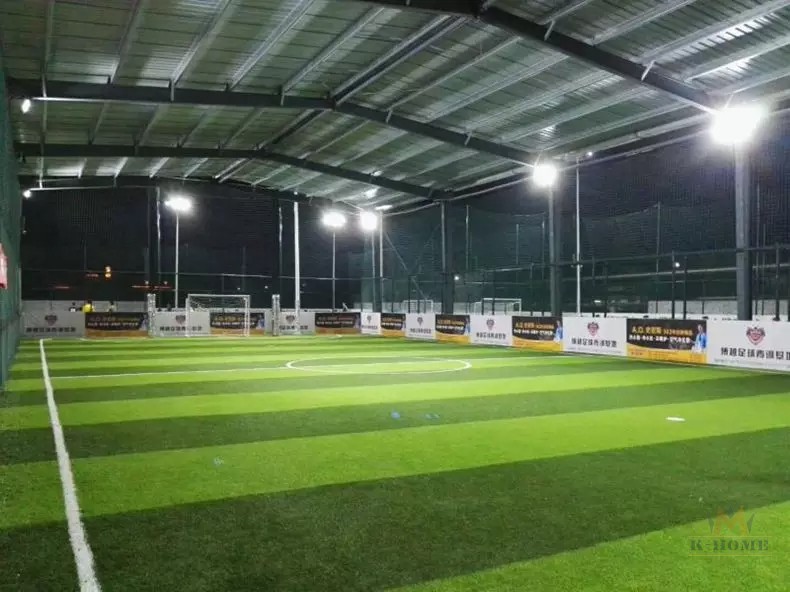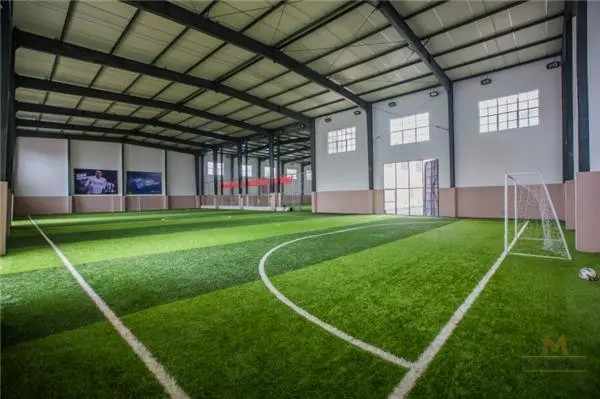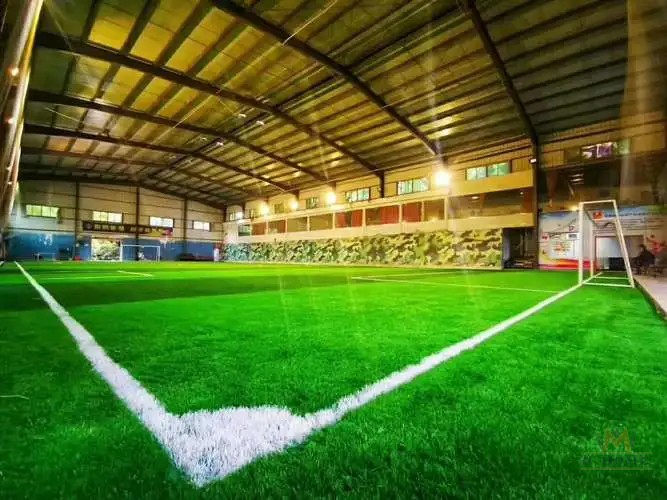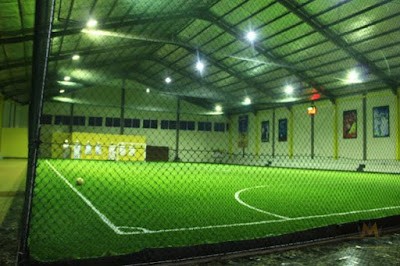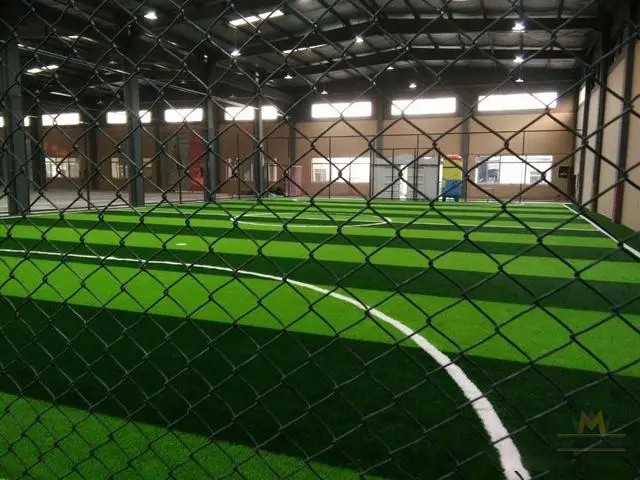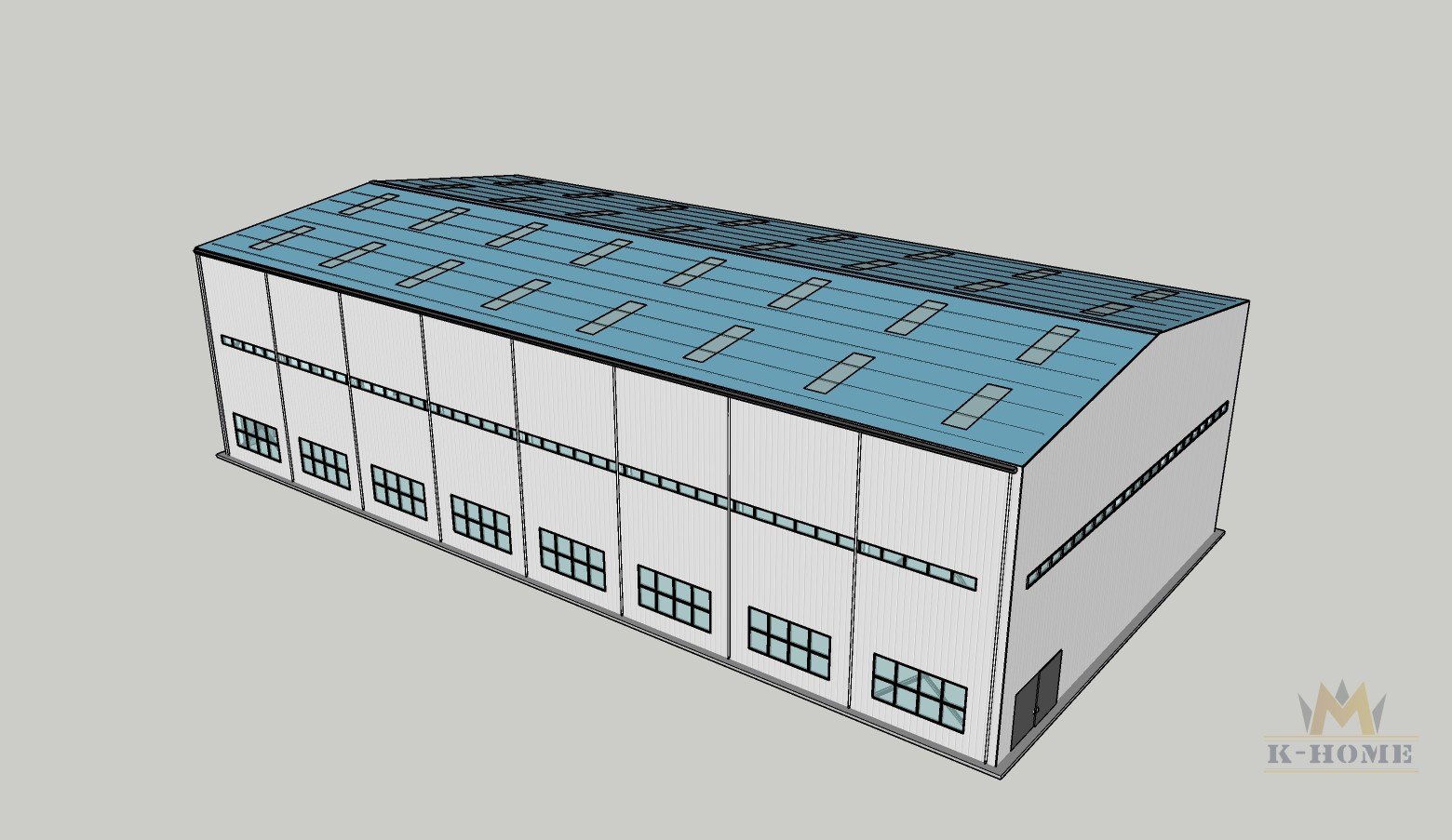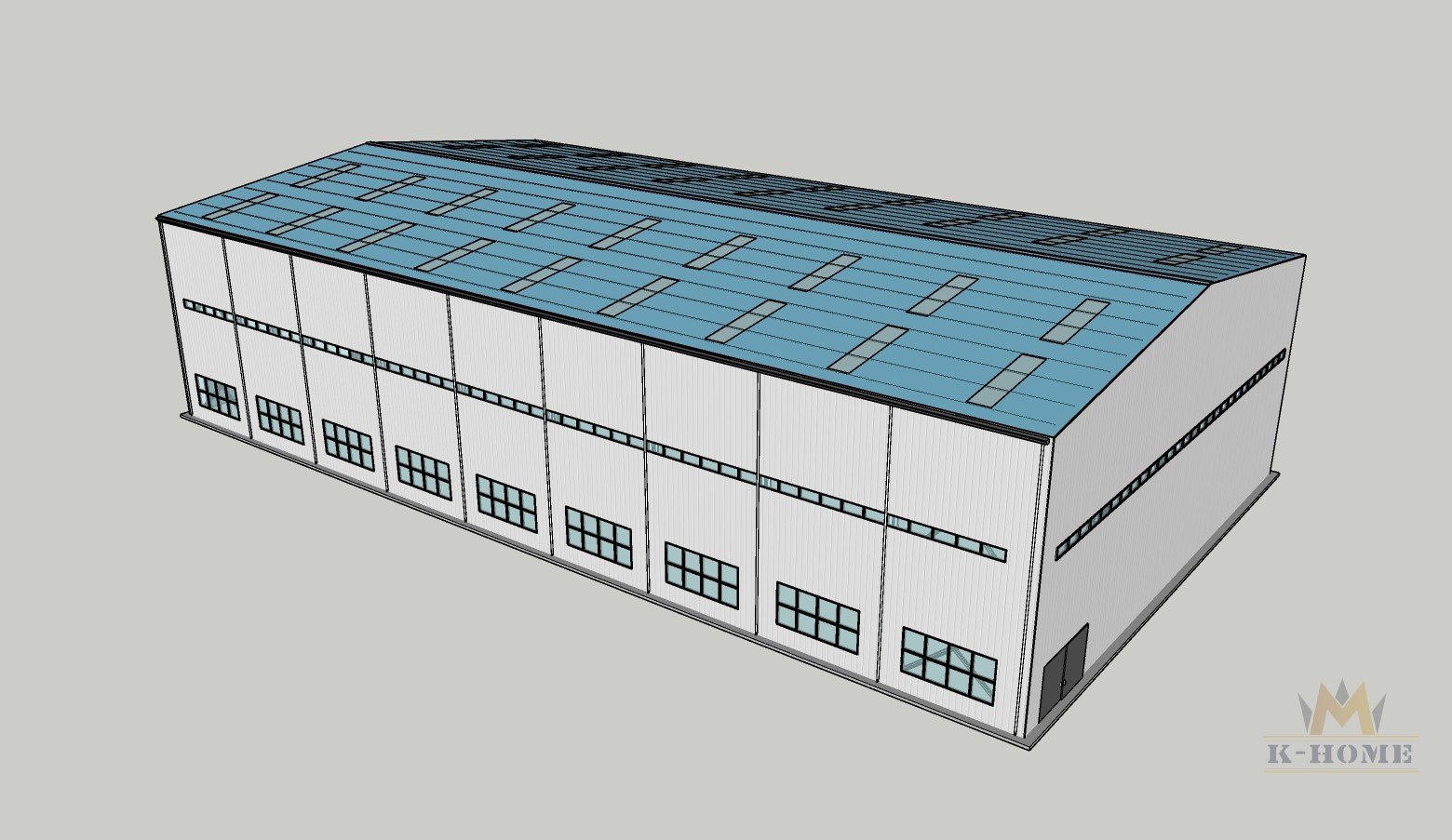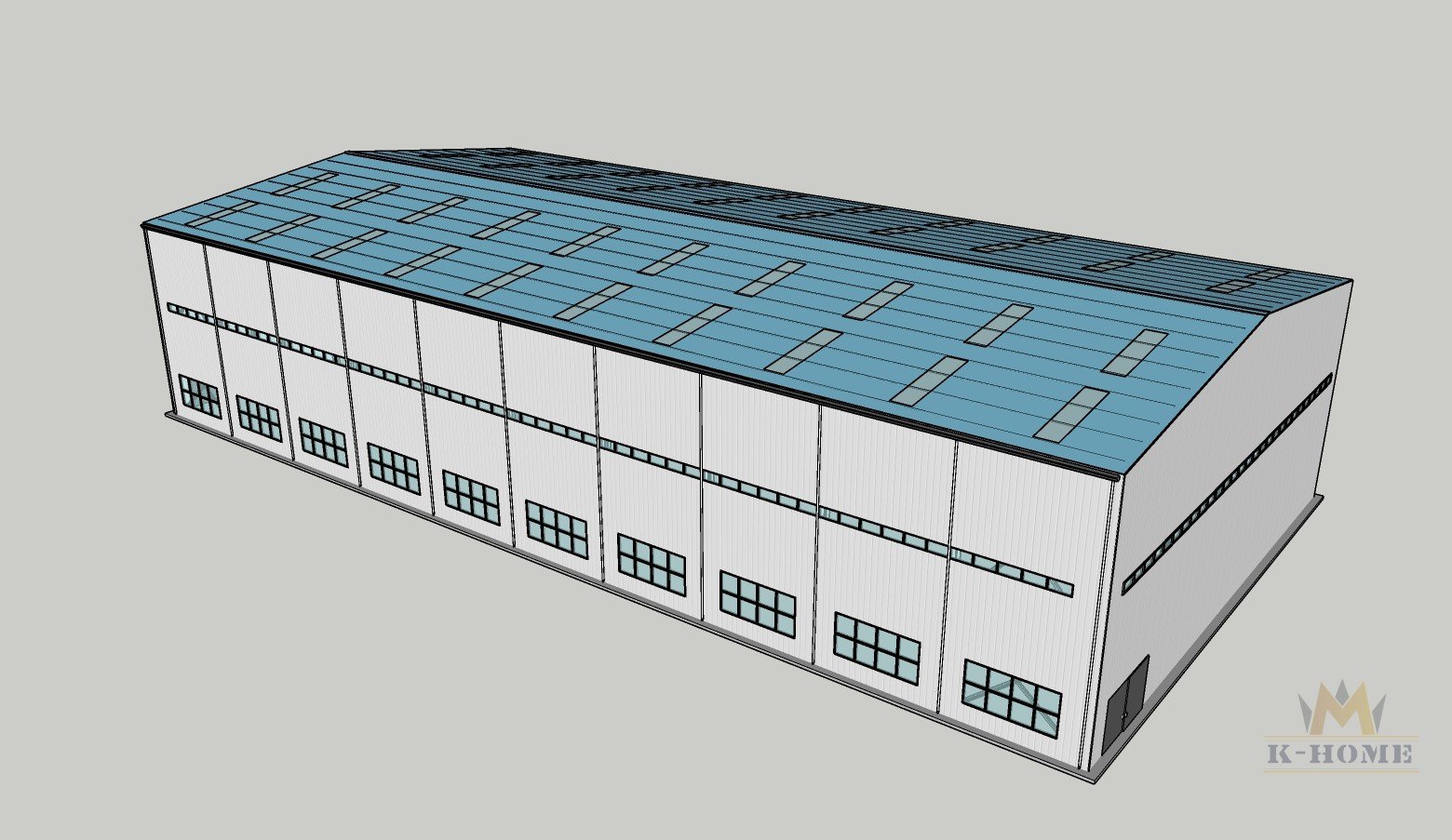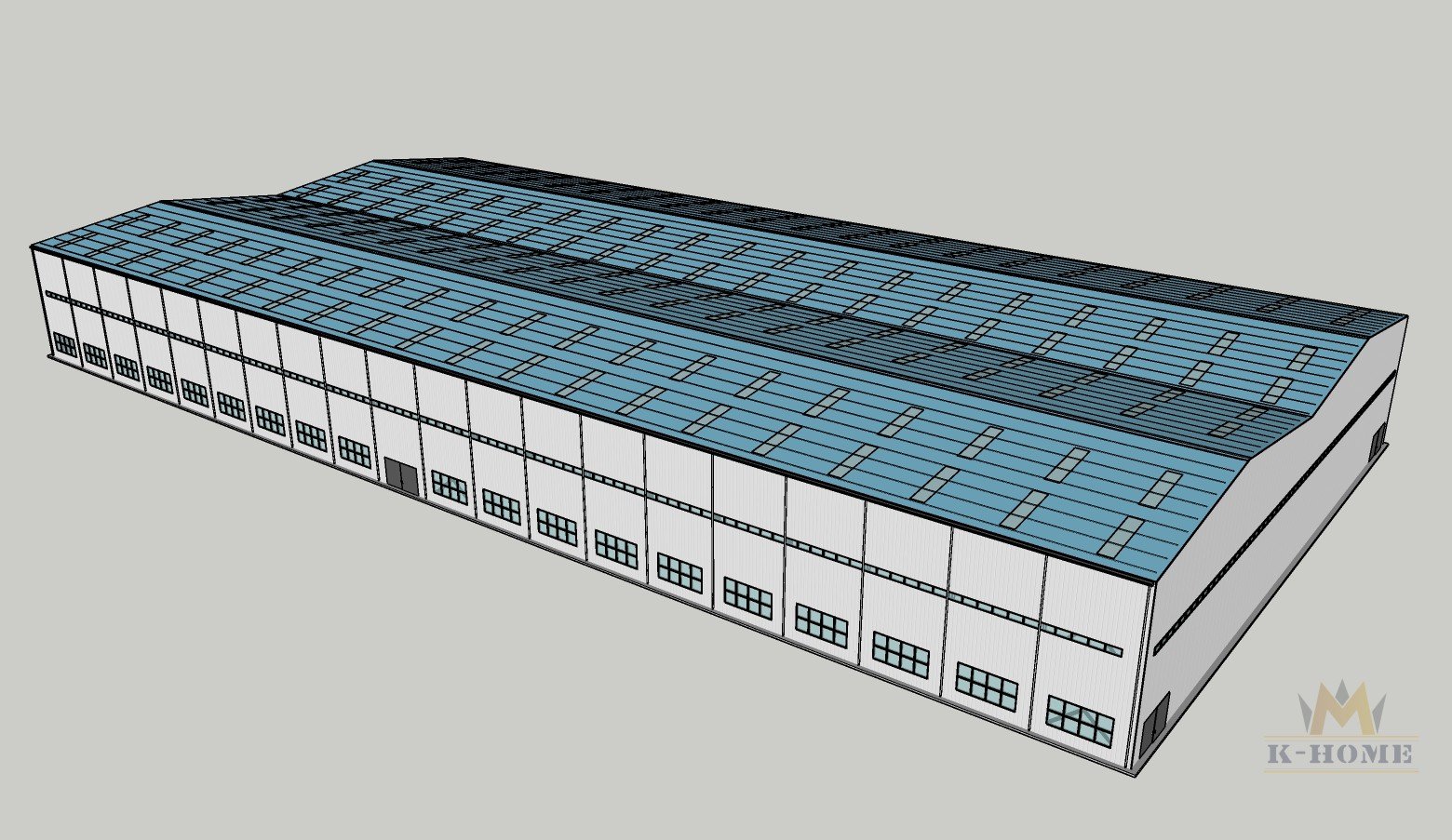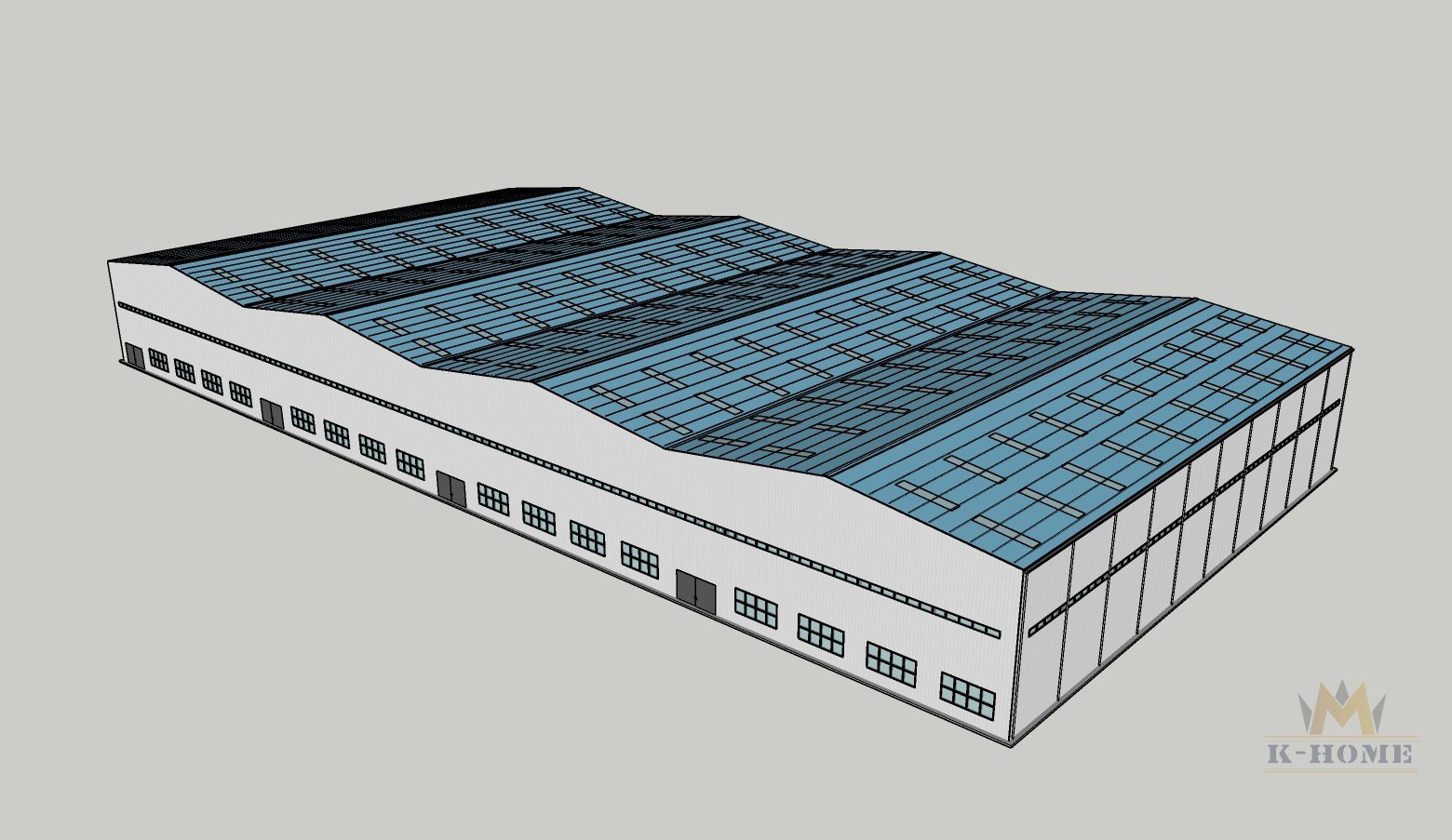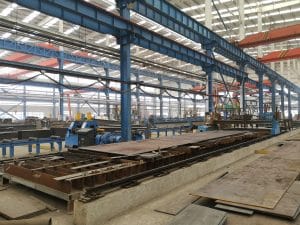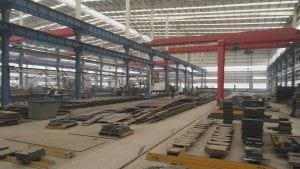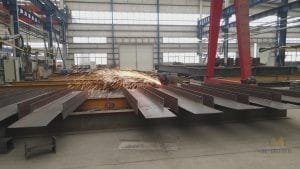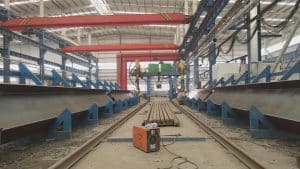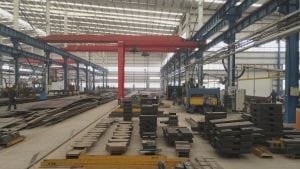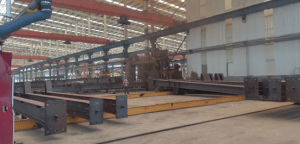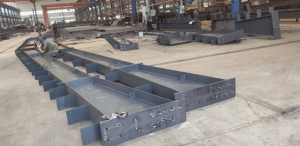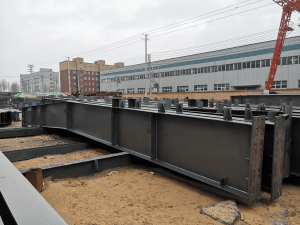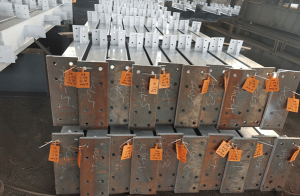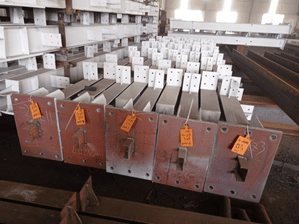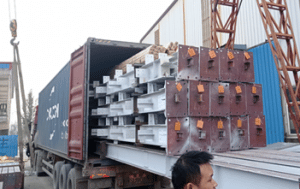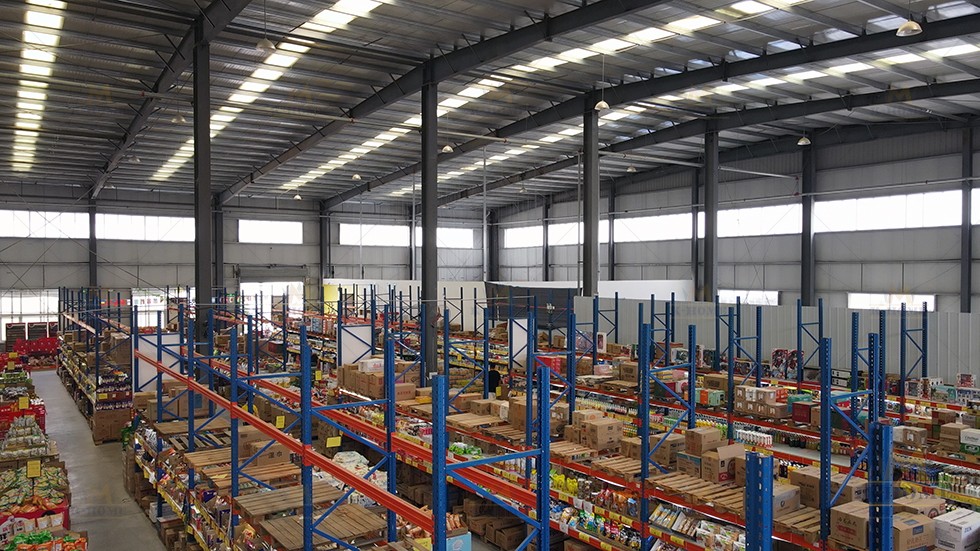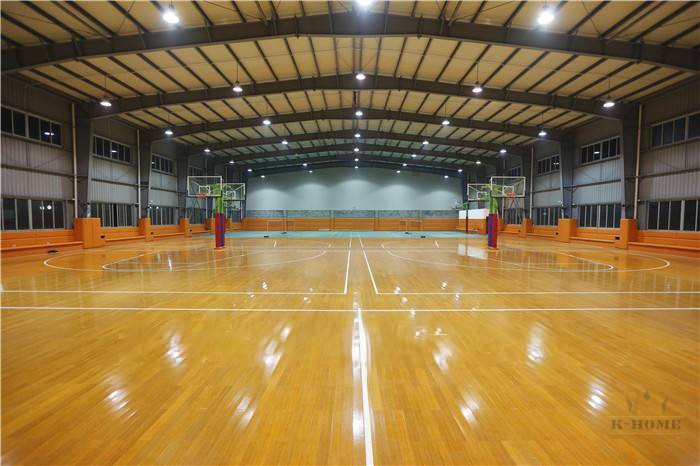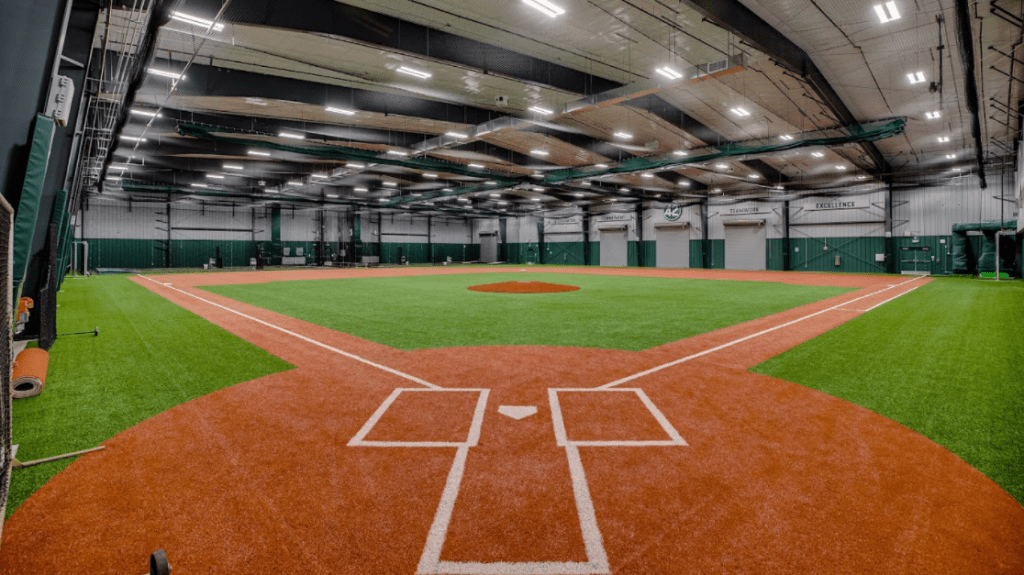indoor soccer field
indoor soccer stadium / indoor soccer facility / Indoor Football Stadiums / indoor soccer complex / indoor soccer court / indoor soccer arena / soccer barn
indoor soccer field dimensions
The size of indoor soccer fields varies depending on the level and purpose of the game. Still, generally speaking, their size is relatively small to accommodate the limitations of the indoor environment. Due to the limitation of the net span width of the portal steel structure, indoor football fields are more suitable for five-a-side and 7-person football matches. The height requirements for indoor soccer fields do not have a globally unified standard. Still, they may vary based on various factors such as different levels of competition, venue use, and architectural design specifications. Generally speaking, the height of indoor football fields should ensure that players have sufficient space for running, jumping, and other movements during the game, to avoid affecting the normal progress of the game due to insufficient height. For indoor soccer fields that require hanging facilities such as lighting fixtures, camera equipment, etc., their height also needs to consider the installation location and usage requirements of these facilities to ensure the safety of players and spectators.
For some non-professional indoor soccer fields or football fields in fitness centers, their height may be relatively low, but they generally meet the basic activity needs of players. For professional-level indoor soccer fields, especially those used for hosting official matches, there are usually stricter requirements for their height. Some data suggests that the height of indoor soccer fields may not be less than 7 meters to 12.5 meters, but this is for reference only, and the specific height needs to be determined according to the actual situation and competition requirements.
indoor futsal court dimensions 5V5
The size of indoor soccer fields varies depending on the level and purpose of the game. Generally speaking, indoor football fields are relatively small in size to accommodate the limitations of indoor environments and the characteristics of games with fewer players. The design of indoor football fields aims to ensure the fairness of the game and the performance of players’ skills while considering the effective utilization of indoor space. For five-a-side indoor futsal soccer fields, the size range is usually between 25 meters and 42 meters in length, with international competitions requiring a minimum of 38 meters. Width: Between 15 meters and 25 meters, international competitions require a minimum of 18 meters. Buffer zone: between 2 meters and 4 meters
Maximum size of five-a-side indoor soccer field:
54 meters long, 30 meters wide, with a building size area of 1620 square meters. This size can meet the requirements of international futsal football competition venues and provide rest areas and changing rooms for both players; At the same time, a small number of audience seats can be provided.
Minimum size of five-a-side indoor soccerfield:
48 meters long, 24 meters wide, with a building size area of 1152 square meters, this is the minimum size that can meet the requirements of international five-a-side football competition venues. It can provide a competition venue of 18mx38m, which can include rest areas and changing rooms;
As for smaller areas such as 15mx25m, it is not recommended to use them. Narrow venues can affect player safety and the progress of the game, and practicing on competition-level venues is more helpful in cultivating players’ skills.
indoor soccer field dimensions 7v7
When designing a seven-a-side indoor soccer field, it is necessary to fully consider the size, height, ventilation, lighting, and other conditions of the indoor space to ensure that the field meets the requirements of the game and the safety standards of the players. Due to the possible differences in requirements for 7-a-side indoor football match venues in different countries and regions, it is necessary to design and arrange them according to local regulations and standards in practical applications.
For the size range of a seven-a-side soccer field: length 45-75 meters, width 28-56 meters, buffer zone 1-4 meters. The minimum size of the seven-a-side football field is 60 meters long, 30 meters wide, and has a building size of 1800 square meters. It can meet the minimum size requirement for a 7-person football field, and reserves rest areas and changing rooms. However, there are almost no seats available for spectators, making it a great choice as a practice field.
outdoor soccer field dimensions 11V11
A standard 11-a-side soccer field has a length of 100-110 meters and a width of 64-75 meters During the World Cup final stage, the venue size is 105 meters long and 68 meters wide, covering an area of 7140 square meters. This is the standard size specially specified by FIFA for the World Cup final stage. Due to its large width, it is usually not suitable as an indoor soccer field, so an 11-player soccer court is usually an outdoor open environment.
WHY CHOOSE KHOME AS YOUR SUPPLIER?
K-HOME is one of the trusted indoor soccer field manufacturers in China. From structural design to installation, our team can handle various complex projects. You will receive a prefabricated structure solution that best suits your needs.
You can send me a WhatsApp message (+86-18338952063), or send an email to leave your contact information. We will contact you as soon as possible.
Prefab steel Indoor soccer field building kits Design
Designing an indoor soccer field is a comprehensive process that necessitates considering multiple factors to ensure the venue meets both athletic requirements and provides an excellent user experience. Here are some key design elements to consider:
1. Field Size and Layout: K-HOME offers several standard sizes for indoor soccer fields, providing flexibility in design and layout to suit your specific space. In addition to single indoor soccer fields, a facility with four fields is an excellent choice for maximizing capacity. Each field is designed to ensure ample playing space for players, while also accommodating essential auxiliary facilities such as spectator seating, changing rooms, and restrooms.
24x48x12 Indoor Futsal Soccer Field(1152㎡) 30x54x12 Indoor Futsal Soccer Field(1620㎡) 30x60x12 Indoor Soccer Field(1800㎡)
60x120x12 Indoor Soccer Stadium With 4 Courts(7200㎡) 120x60x12 Indoor Soccer Stadium With 4 Courts(7200㎡)
2. Flooring Materials: Indoor soccer fields typically utilize artificial turf due to its durability, low maintenance, and weather resistance. The turf should exhibit excellent elasticity, anti-slip properties, and wear resistance to protect players from injuries.
3. Facilities and Equipment: Goals and Nets: Goals should conform to international match standards, with a height of 2 meters and a width of 3 meters. Nets should be of appropriate height to prevent balls from flying out of the field while maintaining good visibility.
4. Lighting System: Adequate lighting is crucial to ensure uniform, bright illumination without shadows. K-HOME recommends incorporating daylighting systems to enhance natural light during the day and conserve energy. For night games or training sessions, tall lighting towers or evenly distributed lighting systems should be used.
5. Ventilation and HVAC Systems: Proper ventilation and HVAC systems are vital to maintain good indoor air quality, comfortable temperatures, and effective airflow, ensuring the well-being of players and spectators.
6. Safety Measures: Safety is a paramount aspect of indoor soccer field design. K-HOME includes multiple entrances and exits in each facility, along with clear safety signs and indicators to guide players and spectators to exits in emergency situations.
7. Decor and Atmosphere: To foster a vibrant soccer atmosphere, incorporate decorative elements within the indoor soccer field. Team logos, slogans, and portraits of star players can adorn the walls, enhancing the theme of the sports venue. Additionally, strategic color combinations and lighting effects can create a more dynamic and energetic ambiance for games.
By adhering to these comprehensive design guidelines, K-HOME ensures that every indoor soccer field not only meets the highest standards of performance but also provides an immersive and enjoyable experience for players and spectators alike.
Prefabricated steel structure manufacturer
Before selecting a prefabricated steel structure building manufacturer, it’s important to thoroughly research and consider factors such as the company’s reputation, experience, the quality of materials used, customization options, and customer reviews. Additionally, obtaining quotes and consulting with representatives from these companies can help you make an informed decision based on your specific project requirements.
K-HOME offers prefabricated steel buildings for various applications. We provide design flexibility and customization.
Contact Us >>
Have questions or need help? Before we start, you should know that almost all prefab steel buildings are customized.
Our engineering team will design it according to local wind speed, rain load, length*width*height, and other additional options. Or, we could follow your drawings. Please tell me your requirement, and we will do the rest!
Use the form to reach out and we will be in touch with you as quickly as possible.


